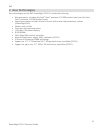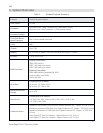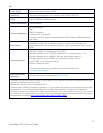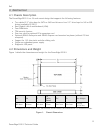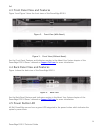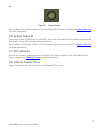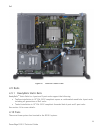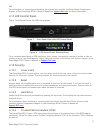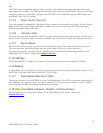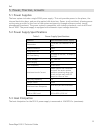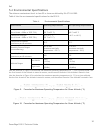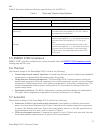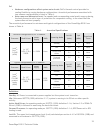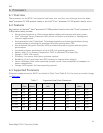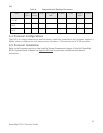
Dell
18
PowerEdge R210 II Technical Guide
The TPM is used to generate and store keys, protect and authenticate passwords, and create and
store digital certificates. The TPM can also be used to store Microsoft
®
BitLocker™ keys for hard drive
encryption features in Microsoft
®
Windows Server
®
2008. TPM is enabled through a BIOS option and
uses HMAC-SHA1-160 for binding.
4.12.5 Power Switch Security
The control panel is designed so the power switch cannot be accidentally activated. The lock on the
bezel secures the switch behind the bezel. In addition, there is a setting in the CMOS setup that
disables the power button function.
4.12.6 Intrusion Alert
A chassis intrusion switch mounted inside the system chassis on the front panel board, and is used to
detect chassis intrusion. When the cover is opened, the switch circuit closes and indicates intrusion.
4.12.7 Secure Mode
BIOS has the ability to enter a secure boot mode through setup. This mode includes the option to
lock out the power and NMI switches on the control panel or set up a system password.
For more information, see the Using the System Setup Program and Boot Manager chapter in the
PowerEdge R210 II Owner’s Manual on Support.Dell.com.
4.13 USB Key
The PowerEdge R210 II supports two internal USB connectors which can be used for USB keys.
4.14 Battery
A replaceable coin cell CR2032 3V battery is mounted on the planar to provide backup power for the
Real-Time Clock and CMOS RAM on the Intel
®
SP5100 chip.
4.14.1 Field Replaceable Units (FRU)
The planar contains a serial EEPROM to store Field Replaceable Unit (FRU) information including Dell
part numbers, part revision levels, and serial numbers. This information is used by the SEL (system
event log) and the BMC (baseboard management controller).
4.15 User Accessible Jumpers, Sockets, and Connectors
See the Jumpers and Connectors chapter in the PowerEdge R210 II Owner’s Manual on
Support.Dell.com.



